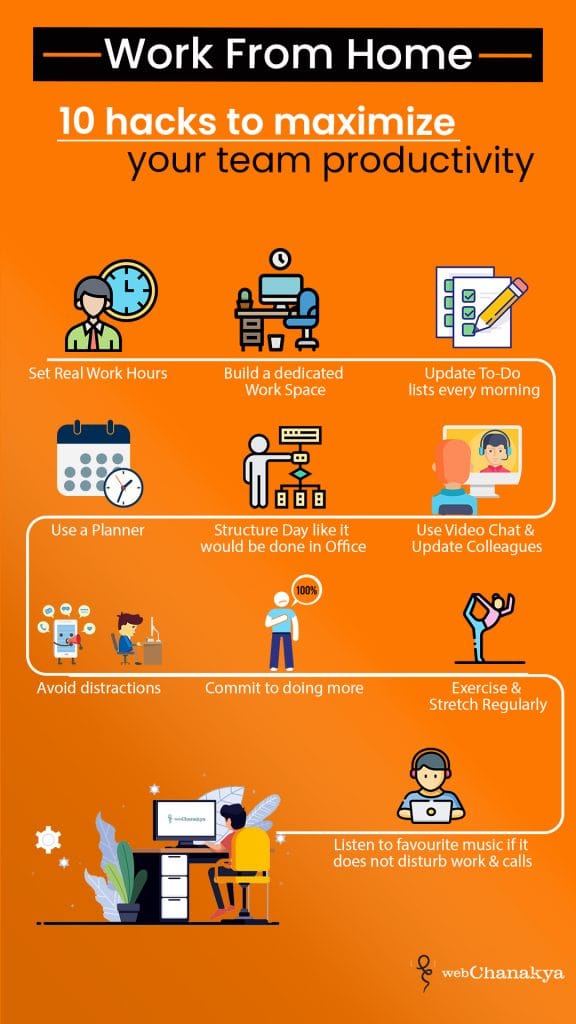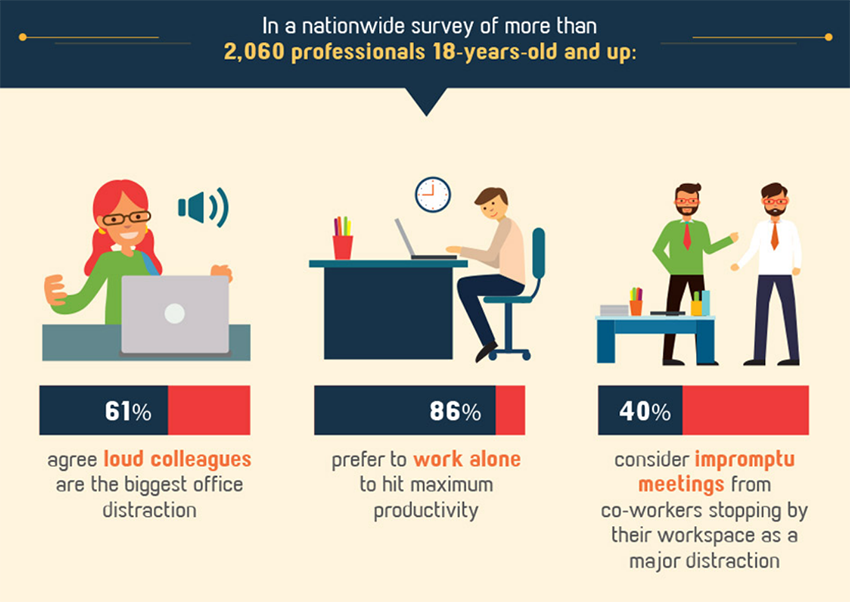Table of Content
There was a 56% decrease in unproductive time when working at home vs. in the office. Employees were most productive on Tuesdays, Wednesdays, and Thursdays. And not only are happy employees more productive, but they’re also less inclined to leave.
A similar argument can be made in the health care sector, where online consultations offer a narrower range of possibilities (e.g. no manual inspection of the body) than in-person consultations. Footnote 1.The 2021 estimate comes from the Labour Force Survey supplement of January 2021 and refers to employees who actually worked at least 1 hour during the LFS reference week. Although 14% of employees aged 15 to 69 usually worked some of their hours from home in 2016, only 4% worked most of their hours from home. 78% of remote workers use their home as their primary place of work. Most remote workers do their jobs from the comfort of their homes, although many also work in secondary locations.
Software That Makes Running a Business Easier
A major outsourcing company in Asia used the time tracking and productivity app Time Doctor to see how remote work affected its agent’s productivity. Realizing how it posed no evident threat to employee productivity, the outsourcing sector joined the league of remote companies too. The COVID-19 pandemic and the need to safeguard public health saw several companies switching to the remote work model.

Those who substituted some or all of their typical in-person work for telework tended to have higher household incomes than those who did not switch to telework. There are significant costs to leaving the office, Rutgers’s Davis says, pointing to the loss of face-to-face interaction, among other things. “Working at home is always less productive than working at the office. Always,” he said on a June episode of the Freakonomics podcast.
82 percent of telecommuters report lower stress.
Despite working 43% more hours on average, work-from-home employees are 25% less stressed. In the United States, remote workers avoid emitting 3.6 million tons of greenhouse gasses every year. That’s an average of 54 minutes per worker and means that those working from home spent at least 35% of that saved time on their jobs.

People are blaring music and interrupting both on-topic and off-topic discussions. If you work from home, you have complete control over your working environment, free of distractions if that is what you want. According to a 2013 poll, approximately 61% of individuals say loud coworkers are the most distracting influence in their lives. In the previous decade, working from home occupations have increased by more than 115%. More than three-quarters of individuals feel more productive even after all of this, which supports the other evidence we discovered. For many businesses, working from home is still a novel concept.
What Is Flexible Working?
In 2020 and 2021, more than 3 million people claimed to work from home tax relief. In a 2020 survey, 40% of respondents had positive perceptions about working from home. As of April 2020, around 50% of people in the UK were working from home. 60% of UK employees felt less connected to their colleagues due to working from home.
Staff working from home to any degree put in more hours per average week (32.3) than those who never worked from home (27.7). The answer, of course, will vary greatly from company to company - but whichever boat you find yourself in going forward, the following 35 working from home productivity statistics make for interesting reading. Within thousands of small-to-medium enterprises , this extremely challenging time has also functioned as a valuable experiment in the feasibility of employee home-working - an enforced proof-of-concept, in a sense. For many, the results are now raising various interesting and urgent questions about what the office of the future might look like. After following both work-from-home and call center employees for 9 months, they discovered that working from home boosted the performance metrics by a combined 13%. Dream Maker works with both individuals and company owners.
Employers lose $1.8 trillion a year due to lack of employee engagement.
Moreover, one in five respondents said that one of the biggest mistakes companies made was not offering mental health support during the pandemic. Besides becoming more efficient by staying distraction-free at home, employees have also become more productive by saving transit time. Time Doctor clients saw an increase of 10% in the ENPS score when they allowed their call center agents to work remotely. These BPO employees also performed better working from home. When it comes to the BPO sector, a recent study also revealed similar findings.
On top of that, the isolation that comes from staying cooped up in the house can lead to a lack of exercise. And workers are aware of this, as 94% of them report feeling like their work productivity was the same or higher than when they didn’t work from home. From 2000 to 2017, the number of people working from home has increased by 3.3%.
Although the survey was done based on the attendees’ claims, more than three-quarters of them felt they were more productive at home and that supports the data we found in the other survey. The pandemic of COVID-19 has forced many people to start working from home. Of course, there are certain benefits, like getting rid of daily traffic on the road and getting more time to spend with your family. You can suit up for your job or just wear pajamas — there’s nobody to stop you. Furthermore, most of those who work from home are 45 years old or older, earn an annual salary of $58,000, and work for an organization with more than 100 employees.
These well-compensated jobs totalled less than a third of Malaysia’s workforce in 2019. 51% of employees report being more productive working from home, while 15% report being less productive. 29% reported an increase in productivity, while 41% said that productivity wasn’t affected either way. These working from home productivity statistics seem to imply that, on average, people are more efficient at home than in the office. But every statistic is just one piece of a much larger puzzle. Journal of Economic Behavior & Organization found that people who telecommuted tended to have more positive outcomes in creative endeavors than office workers.
Now, 16% of companies hire remote workers only as they understand the benefits of remote working for their finances and employees’ productivity. Over one-third of US office workers struggle with sleep issues and don’t sleep enough. What’s more, 38% of employees experience fatigue when in the workplace. And this, in turn, impacts their productivity costing businesses $63 billion a year, according to the Wall Street Journal. Nevertheless, when it comes to remote meetings , Owl Lab’s remote workers statistics report that 71% find it easier to present in meetings remotely compared to in-person.

Research shows that hybrid and even fully remote teams can gain a substantial productivity advantage if their leaders stop relying on traditional office-based culture and methods of collaboration. Instead, by adopting best practices for hybrid and remote work, forward-thinking leaders can drastically outcompete in-person teams in productivity. A policy of flexibility helps companies maximize both retention and productivity of employees. Flexible working is an alternative to the standard working week. It typically allows an individual to arrive and leave at different times, enabling them to drop children at school or to work when they are at their most productive. Experts say that working from home may be worse for the environment because of heating and air conditioning costs.

No comments:
Post a Comment